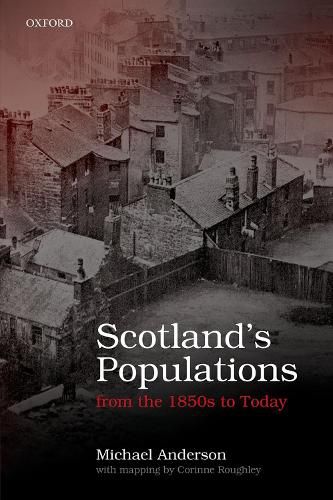Readings Newsletter
Become a Readings Member to make your shopping experience even easier.
Sign in or sign up for free!
You’re not far away from qualifying for FREE standard shipping within Australia
You’ve qualified for FREE standard shipping within Australia
The cart is loading…






Scotland’s Populations is a coherent and comprehensive description and analysis of the most recent 170 years of Scottish population history. With its coverage of both national and local themes, set in the context of changes in Scottish economy and society, this study is an essential and definitive source for anyone teaching or writing on modern Scottish history, sociology, or geography. Michael Anderson explores subjects such as population growth and decline, rural settlement and depopulation, and migration and emigration. It sets current and recent population changes in their long-term context, exploring how the legacies of past demographic change have combined with a history of weak industrial investment, employment insecurity, deprivation, and poor living conditions to produce the population profiles and changes of Scotland today. While focussing on Scottish data, Anderson engages in a rigorous treatment of comparisons of Scotland with its neighbours in the British Isles and elsewhere in Europe, which ensures that this is more than a one-country study.
$9.00 standard shipping within Australia
FREE standard shipping within Australia for orders over $100.00
Express & International shipping calculated at checkout
Scotland’s Populations is a coherent and comprehensive description and analysis of the most recent 170 years of Scottish population history. With its coverage of both national and local themes, set in the context of changes in Scottish economy and society, this study is an essential and definitive source for anyone teaching or writing on modern Scottish history, sociology, or geography. Michael Anderson explores subjects such as population growth and decline, rural settlement and depopulation, and migration and emigration. It sets current and recent population changes in their long-term context, exploring how the legacies of past demographic change have combined with a history of weak industrial investment, employment insecurity, deprivation, and poor living conditions to produce the population profiles and changes of Scotland today. While focussing on Scottish data, Anderson engages in a rigorous treatment of comparisons of Scotland with its neighbours in the British Isles and elsewhere in Europe, which ensures that this is more than a one-country study.